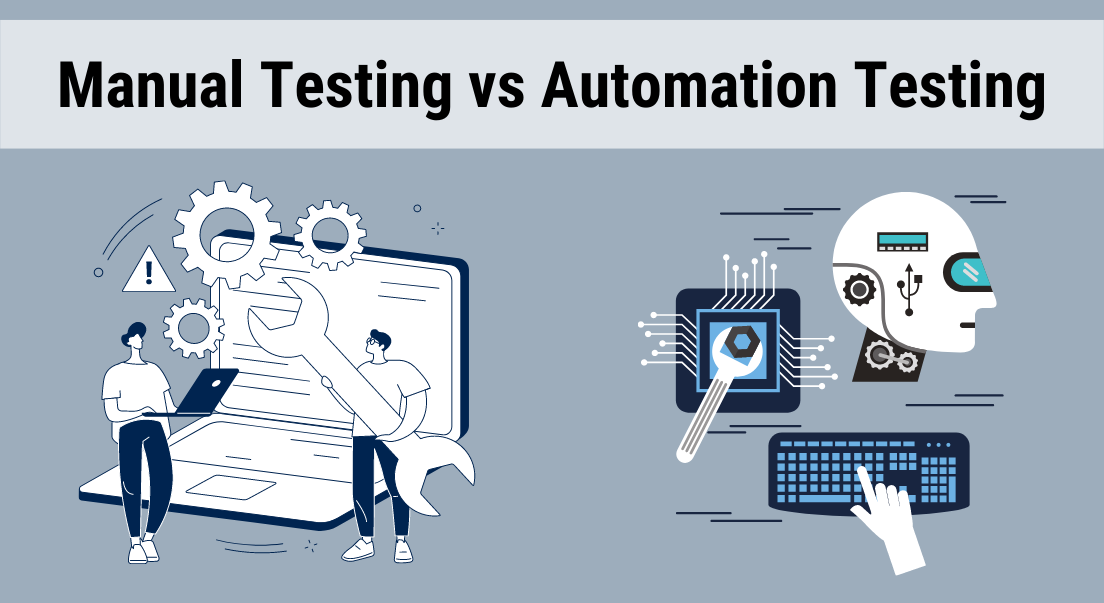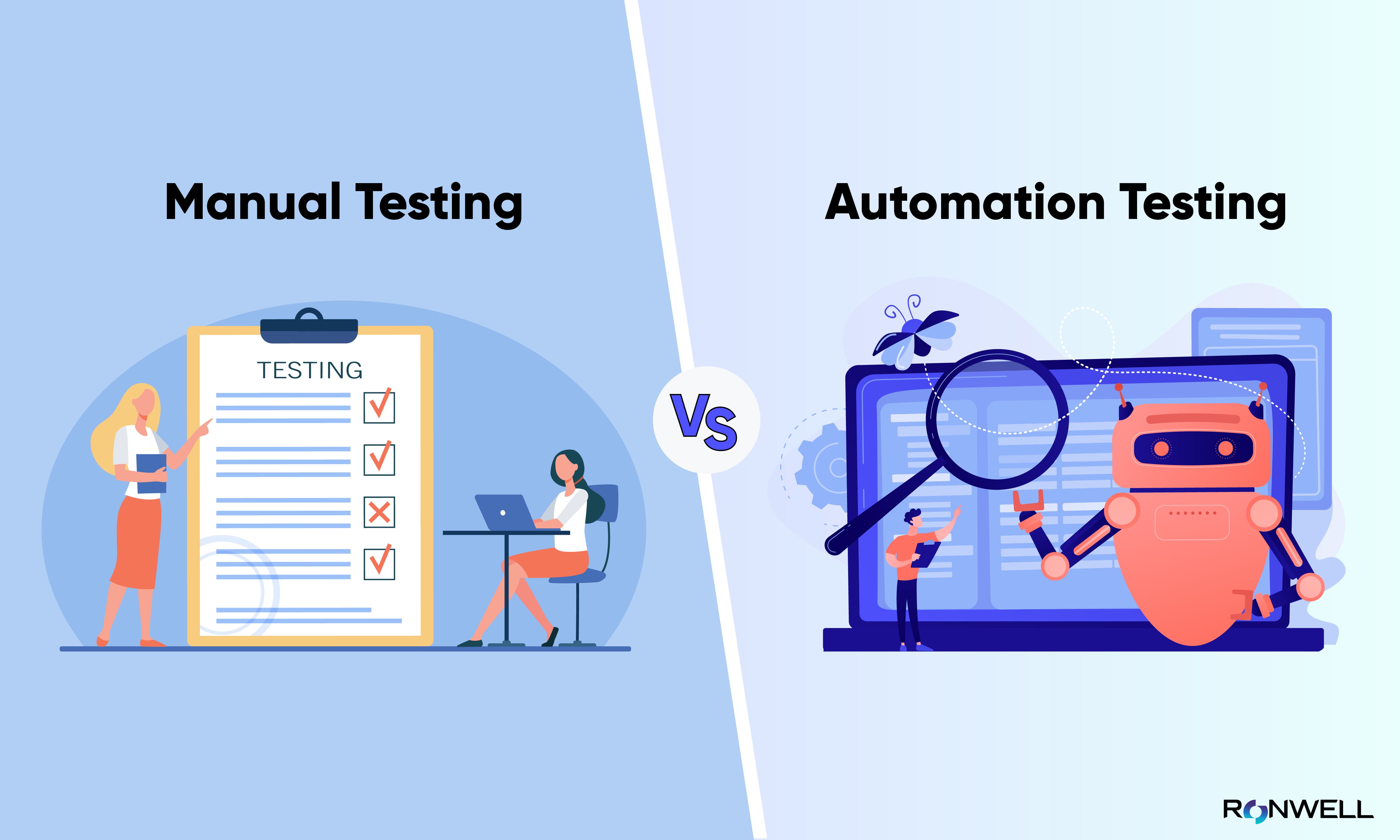The Value of Automation Testing in Agile Advancement Atmospheres
The Value of Automation Testing in Agile Advancement Atmospheres
Blog Article
Guaranteeing Success in Automation Testing: Key Metrics, Obstacles, and Solutions Every QA Group Must Know
In the realm of software program high quality assurance, the landscape of automation testing is ever-evolving, requiring a precise strategy to guarantee smooth operations. The journey to understanding automation testing is led with subtleties that call for a keen eye for tracking, analysis, and continuous enhancement. As the market drives ahead, the quest for optimal efficiency in automation testing continues to be a continuous search, urging QA teams to equip themselves with the understanding and strategies essential for triumph.
Value of Key Metrics
Comprehending the relevance of essential metrics is important for examining the efficiency and effectiveness of automation testing processes. Secret metrics serve as quantifiable measures that provide beneficial understandings into numerous elements of the testing procedure, such as test coverage, examination execution time, issue thickness, and test instance efficiency. By analyzing these metrics, QA groups can determine traffic jams, inadequacies, and areas for improvement within their automation screening framework.
One essential facet of vital metrics is their ability to track development and monitor the general health of the screening process (automation testing). They enable stakeholders to make informed choices based upon data-driven insights, which can cause much more effective testing methods and better resource allowance. Additionally, key metrics can assist groups set sensible objectives, determine the success of automation campaigns, and show the ROI of automation testing initiatives

Typical Challenges Faced
Obstacles typically experienced in automation screening procedures can dramatically impact the overall effectiveness and effectiveness of QA groups. One of the significant difficulties is the selection of the right test instances for automation. Not all examination instances appropriate for automation, and choosing the incorrect ones can result in wasted time and resources. In addition, preserving examination manuscripts can be a challenging job, especially as the application goes through constant modifications. Examination script upkeep requires continual updates and modifications to guarantee they reflect the present functionality precisely. One more usual obstacle is the preliminary financial investment required for establishing automation frameworks and devices. This can be an obstacle for some organizations, particularly smaller ones with restricted budgets. Automation testing may not cover all facets of testing, such as functionality and user experience testing, which still need hand-operated intervention. Getting over these challenges needs appropriate planning, critical examination instance option, durable maintenance procedures, sufficient sources, and a clear understanding of the constraints of automation screening.
Efficient Solutions for Difficulties
To deal with the challenges experienced in automation testing, implementing reliable options is necessary for improving the performance and performance of QA teams. One key solution is to spend in robust training programs for QA groups to ensure they have the required abilities to efficiently use automation devices. Training can link expertise gaps, boost understanding of automation frameworks, and enhance scripting capacities, eventually leading to extra reliable test creation and implementation.
Another essential service is to develop clear interaction networks within the QA group and with various other stakeholders, such as developers and job managers. Reliable communication assists in aligning assumptions, sharing progress updates, and without delay addressing problems or barricades that may emerge during the automation screening procedure.

Monitoring and Evaluation Methods
Executing efficient monitoring and evaluation methods is important for guaranteeing the success and efficiency of automation screening processes. By making use of surveillance devices, QA teams can track the efficiency of examination scripts, recognize bottlenecks, and pinpoint locations for enhancement. Real-time monitoring permits quick detection of problems, enabling quick reaction and resolution. Additionally, assessing examination outcomes and metrics gives useful insights into the top quality of the software application being tested and the performance of the screening technique.
One secret method in monitoring and analysis is making use of control panels that consolidate pertinent metrics and KPIs in an aesthetically obtainable format. These dashboards use an extensive review of test execution status, test insurance coverage, defect trends, and other crucial details. Frequently assessing and assessing these dashboards can help sites QA teams make informed decisions, prioritize tasks, and enhance screening initiatives.
In addition, applying automated alerts and notifications based on predefined thresholds can enhance positive tracking and prompt treatment. By setting up informs for efficiency variances or examination failings, groups can resolve concerns without delay and stop them from rising. On the whole, surveillance and evaluation methods play a crucial duty in guaranteeing the effectiveness and success of automation testing efforts.
Continuous Improvement Strategies
Enhancing the efficacy of automation testing processes necessitates the regular improvement of methods and approaches. Continual enhancement approaches are crucial for QA groups to adapt to evolving modern technologies and provide premium software. One crucial technique to improving automation testing procedures is to carry out regular testimonials and retrospectives. By evaluating previous testing cycles, teams can determine bottlenecks, inefficiencies, and locations for enhancement. Implementing comments loops and integrating lessons learned into future testing structures can produce substantial enhancements with time.

Conclusion
Finally, it is imp source crucial for QA groups to comprehend the key metrics, obstacles, and services in automation screening to make sure success. By very carefully checking and evaluating data, carrying out effective options to common obstacles, and continuously enhancing strategies, QA groups can maximize their testing processes and provide high-quality software products. Sticking to these practices will see here inevitably cause more effective and effective automation screening practices.
By evaluating these metrics, QA groups can identify traffic jams, ineffectiveness, and locations for improvement within their automation testing structure.
In addition, essential metrics can assist groups established reasonable objectives, measure the success of automation initiatives, and show the ROI of automation screening initiatives.
Obstacles typically run into in automation testing processes can substantially influence the total efficiency and effectiveness of QA teams. Automation testing may not cover all facets of screening, such as functionality and customer experience testing, which still require manual intervention.In final thought, it is vital for QA groups to recognize the vital metrics, challenges, and options in automation screening to make sure success.
Report this page